For those thinking of packing their bags and moving to Goa, the big question is: Which Goa are you going to move to? Just like in the city, with south and north Mumbai, eastern and western suburbs, there is a north and south Goa, too
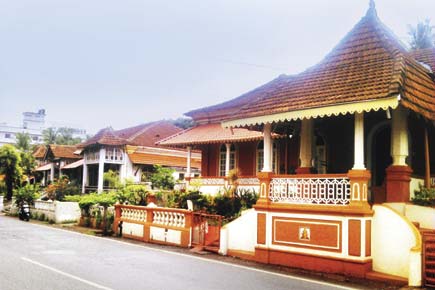
For those thinking of packing their bags and moving to Goa, the big question is: Which Goa are you going to move to? Just like in the city, with south and north Mumbai, eastern and western suburbs, there is a north and south Goa, too. The divide is not just geographical, there are other intangible aspects to this.
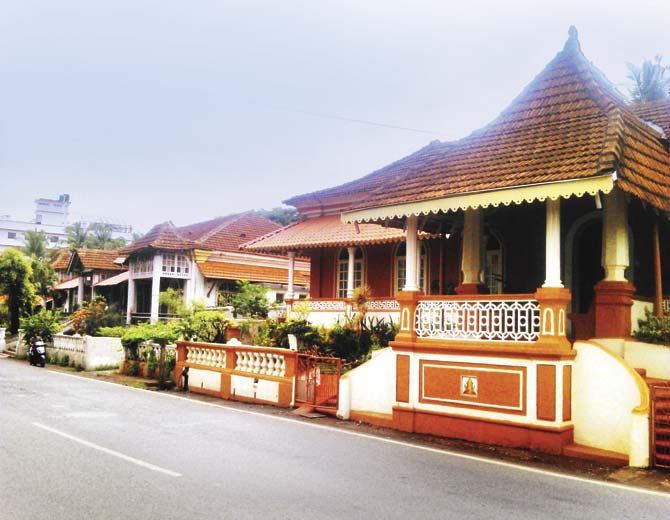
The houses in north and south Goa. The architecture talks eloquently about the culture
There are age-old differences, which hi-tech innovations like the Internet and mobile phone cannot bridge. There are only two districts in Goa, the smallest state in India — north and south Goa. Add some politicians to this equation, and, it adds up to one yawning divide.
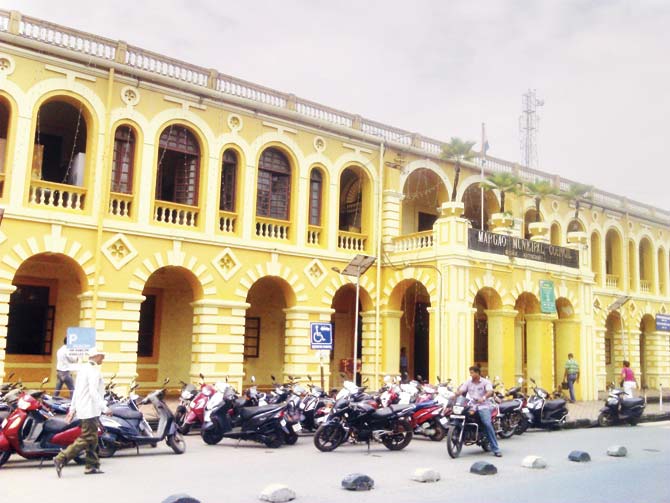 The Portuguese era Margao city municipality building
The Portuguese era Margao city municipality building
In the air
A proposed new international airport at Mopa, in extreme north Goa, has further strained this divide, with people from south Goa arguing that it would finish off the tourism industry (now the main industry in the state) in the south, because tourists would not want to travel too far to the resorts.
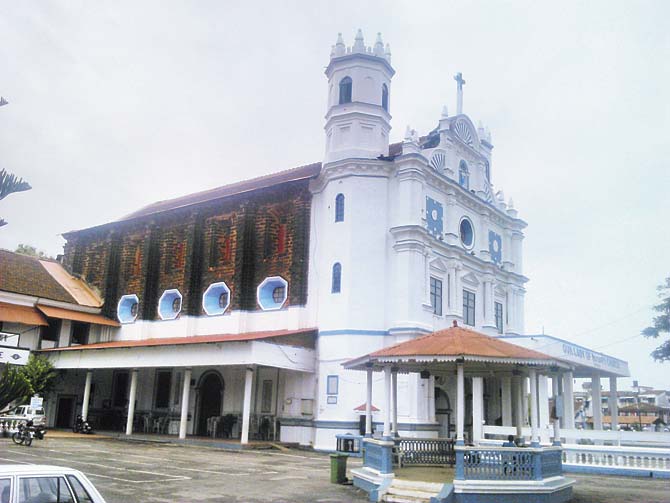
The fortress-like church of Our Lady of the Rosary in Navelim, in the south of Margao (l)
The present airport at Dabolim in central Goa is conveniently located for both, north and south. The problem with it though is that it has the navy. This means civilian flights are limited. Even though a new, larger airport terminal was started last year, it will be unable to handle the growing air traffic in the future.
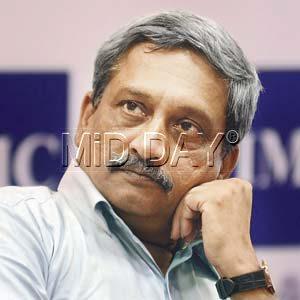
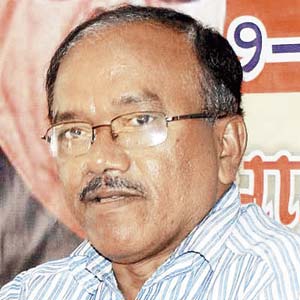
Manohar Parrikar. Pic/Bipin Kokate and Laxmikant Parsekar
While some in the south seethe, others in the northern tip of Goa in Pernem taluka, where Mopa is located, can hardly wait for the new airport, because they think it would open up fresh opportunities in largely backward and undeveloped areas. Many real estate speculators have already bought land in expectation of a big boom in tourism in the coastal areas located there, and housing in the interiors.
The cauldron bubbles
Now, add a bit of religious chauvinism and this is a cauldron waiting to explode. Salcete, the biggest taluka in the south, is Catholic dominated, while Pernem is predominantly Hindu. Salcete activists are most vocal against the Mopa airport.
The loudest amongst these is an organization called, ‘Goans For Dabolim Only’, headed by a Catholic priest, Fr Eremito Rebello. Although the Goa government has already acquired land for the new airport, the project has been mired in controversy with environmentalists and other activists opposed to it on various grounds.
It has polarised Goan society like perhaps nothing else, pitching the north against the south, though there are other voices trying to make themselves heard. One of these is of veteran builder and hotelier Victor Albuquerque. A north Goa resident, he owns luxury hotels both in the south and north beach-belt, and says he is optimistic that instead of being divisive, the airport at Mopa will in fact benefit all of Goa.
There is no need to view it from the north-south prism. “Mopa can benefit all, provided there is an efficient network of highways. Goa can have better connectivity through fast trains and better highways. We need a better international airport because the airport is the first touch point when a tourist arrives at a destination,” he says.
The current travel time from the airport at Dabolim in central Goa to resorts in the north Goa beach-belt of Calangute-Candolim, the hub of tourism is approximately one hour. It is the same for those who travel to the southern beach-belt of Mobor-Cavelossim, which has a high concentration of luxury resorts, but it takes an hour more to travel to the extreme southern end of Goa to Canacona. The reason why the northern Pernem taluka has lagged in the tourism sweepstakes is because of its distance to the present airport.
These are fears
Several tourism stakeholders in south Goa, fear that once the airport at Mopa becomes operational, Dabolim airport will be closed for civilian flights. There are undercurrents though like Catholics in the south feel Mopa is being pushed through to kill tourism down south and it will affect them adversely economically. Although there is frenetic activity to widen NH17, there are major bottlenecks which will inevitably slow down traffic.
The past problems
In the old days, though, the north-south divide in Goa was essentially over the way Konkani, the official language of Goa, and the ‘mother tongue’ of most, was spoken. North Goans have their own Konkani, and find the Konkani spoken down south weird, and vice-versa.
Hindu Konkani is markedly different from Catholic Konkani, too. With distances being cut short in modern times, there have been a large number of north-south, Hindu-Catholic marriages, and things have become a little mixed.
There is also the east-west divide, with NH17 which runs in the middle of the state from the northern to the southern border for around 100 kms, cutting the state into two halves. The west is relatively more prosperous, and the western coastal belt is where the tourism boom happened.
Comparatively, the east is still largely agrarian and underdeveloped, with many of the eastern areas (part of the Western Ghats) forming wildlife sanctuaries. The east is also where the mining boom and bust happened. Until it was shut down over alleged scams more than three years ago, the industry was the biggest iron exporter in the country.
The mining industry has left much of eastern Goa ravaged beyond redemption, but also created copious wealth. Inevitably, this north-south, east-west, divide has also shaped Goa’s political and cultural landscape. Between 1988 and 2007, Goa had 12 Chief Ministers, with the government of the day being regularly toppled because of the differences. The western areas largely formed what are known as the ‘Old Conquest’ areas during the Portuguese era.
At one point, more than 90 per cent of the population was Catholic. Then sometime in the late eighteenth century, new areas like Pernem, Sattari, etc, came under Portuguese rule, and the Hindu population increased tremendously. After Goa’s liberation in 1961, the Catholic population has steadily declined and now forms less than 30 per cent. It is still a significant minority and a big factor when it comes to winning elections.
Political winds blow
In the last assembly election in 2012, BJP leader Manohar Parrikar, now the Union Defence Minister, managed to forge a strategic partnership with some prominent southern Catholic leaders, and riding on the people’s disillusionment with the Congress, emerged victorious with a clear majority of 21 in the 40 seat assembly.
Salcete taluka voted for a large number of Catholic independent candidates who entered into a coalition government with the BJP. Parrikar’s strategy was to take the Catholics along, giving a body blow to the Congress.
All that, though, is unraveling with the proposed Mopa airport. Parrikar himself has moved on to New Delhi, and the new Chief Minister Laxmikant Parsekar represents Mandrem, one of the two seats from Pernem taluka. He is determined to have Mopa. Not going ahead would be political harakiri for him.
A twist arrives
But there is also the possibility that Mopa might never become a reality because another international airport is currently being built at Chipi in Sindhudurg district of southern Maharashtra, barely 50 km away from Goa.
Work is on in full swing on the runways. Two international airports in such close proximity to each other may not be viable, say experts. So was Mopa just a political ploy to divide the north and south? Possibly, but it’s only a symptom of the overall divide in Goa.
Glenn Mascarenhas was born and brought up in Margao city, the commercial capital of the south. His parents are both from north Goa and migrated to the south because of work. He says, “I’m a south Goan, though I have parental influence of the North, of course.
The south is where Goan Catholic culture is still very strong. Most important movements to safeguard Goan culture were all won with support from the south. The Opinion Poll (a referendum held in 1967) which voted against merger with Maharashtra, the Konkani movement, the movement against SEZs (Special Economic Zones, if allowed they would have radically changed the demographic profile of Goa), all were won with support from the south,” he says proudly.
Mapping tourism
Tourism also evolved differently in south and north Goa, probably because the northerners in Bardez taluka (home to the famous beaches of Calangute-Baga, Candolim and Anjuna) were perhaps more hospitable back in the mid-1960s when the first tourists, the hippies, landed on Goan shores.
In fact, they first landed in Colva, the queen of south Goan beaches in Salcete, but the people there were apparently incensed with their partying and liberal ways (the early hippies were notorious for sun-bathing nude). They then ended up in Calangute-Anjuna.
“The south people are more aggressive, more impatient,” says a local, echoing the commonly held view in Goa that the northerners are more liberal. “Except in the extreme south in Palolem, tourism has not swept aside everything as has happened in the north which is now full of outsiders who have taken over most of the businesses. In the south, the people are still holding on to their land and businesses.”
Consequently, much of the Catholic-dominated Salcete coastline has retained a bit of that Goan Catholic flavour in the form of stately houses which give Goa its unique ‘Latino’ atmosphere. In contrast, the Candolim-Calangute beach-belt — the most visited areas in Goa has lost much of that old-world charm, which was the reason why it first became so popular with tourists.
Goa seems a house divided but that’s for locals in the know. For the casual visitor, it is Goa’s geographical divide, north to south that one crosses on a visit to the sunny state. They are largely unaware of the undercurrents. What do they say about ignorance is bliss?
 Subscribe today by clicking the link and stay updated with the latest news!" Click here!
Subscribe today by clicking the link and stay updated with the latest news!" Click here!









